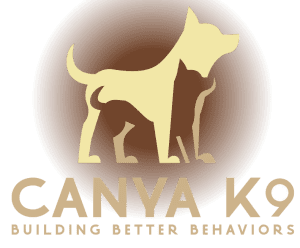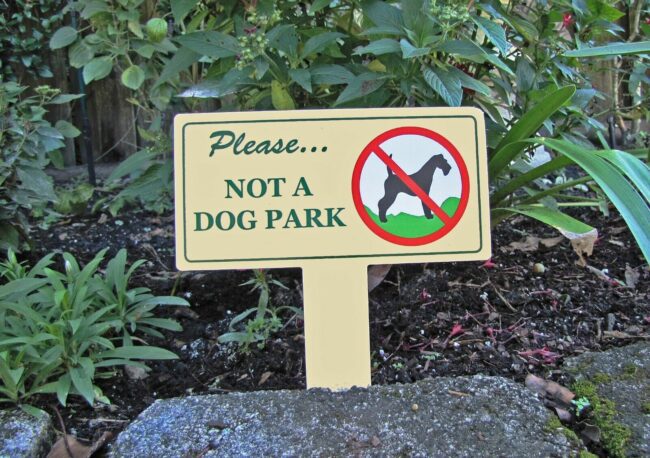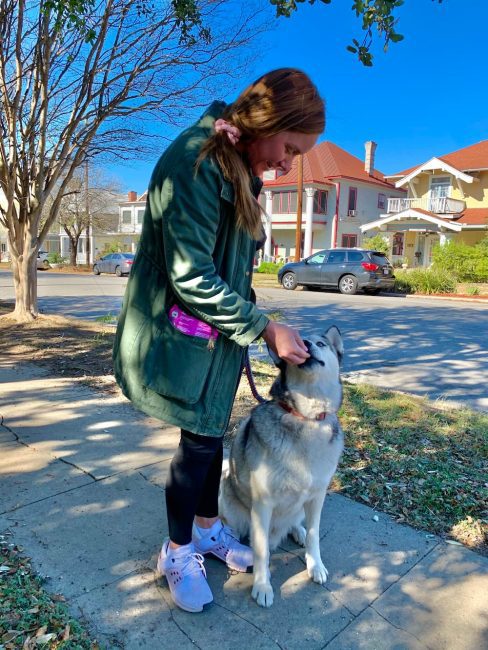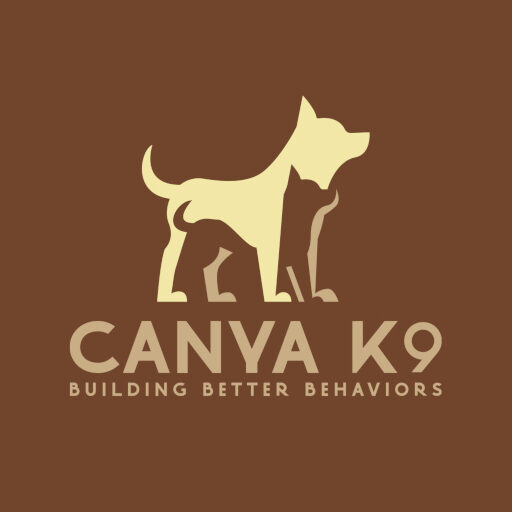My dog doesn’t like treats. What do I do?
It’s true. Dogs that are food motivated are the easiest dogs to train. And don’t get me started on dogs that consider their own kibble as a treat! That’s like striking gold. But most people mistakenly think that food is the only thing you can reward your dog with. And when that fails, training even the easiest of tricks can become utterly frustrating. So, lets discus some alternatives.
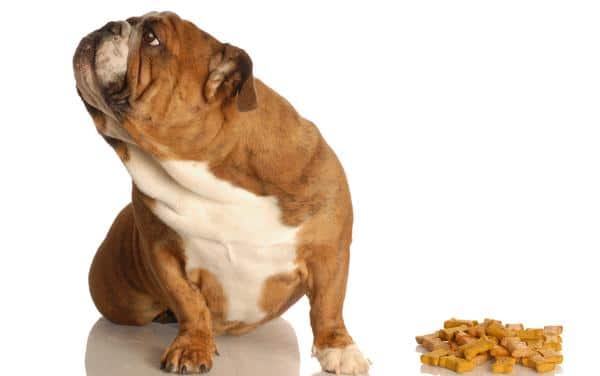
HIGH VALUE TREATS
To cover all our bases, let’s consider what treats you are using. Dogs are like people; I’ll say it a thousand times. They have personalities and they have taste. While your neighbor’s corgi may treat himself to a pile of dirt if allowed, your moms lab may turn his nose to such thing. Your first task, try different treats. I’m talking different brands, smells, tastes, textures, sizes, colors, etc. You never know what specific treat your dog may gravitate towards. If that doesn’t work, try what is referred to a high valued treat. A high valued treat is something that your dog doesn’t typically get. Try plain chicken, cheese cubes, or a piece of ham. When we decide to train our dogs, we are asking a lot of them. It’s okay to reward them with higher value human foods when we are actively training to get the point across that doing what we ask will be worthwhile for them.
PHYSICAL AFFECTION/PRAISE
So, you’re still reading and screaming at the screen that your dog won’t take anything! This is when I would ask you, “well what things does your dog seem to love”? If your answer is something like, “attention”, then we’re in luck. Physical affection or verbal praise (preferably a mixture of the two) can act as positive reinforcement. The definition of positive reinforcement does not state that it needs to be food, only that it is something that makes the dog feel good so that they will repeat the previous behavior. Replace a food reward with a pet and some “good boys” in your best Mickey Mouse impression. If your dog gets all wiggly and scoots into you to soak up the attention, then it works. However, this does take some repetitions and good timing, but with some practice you can correctly relay to your dog that good behaviors equal great praise. The better the behavior, the higher the praise.
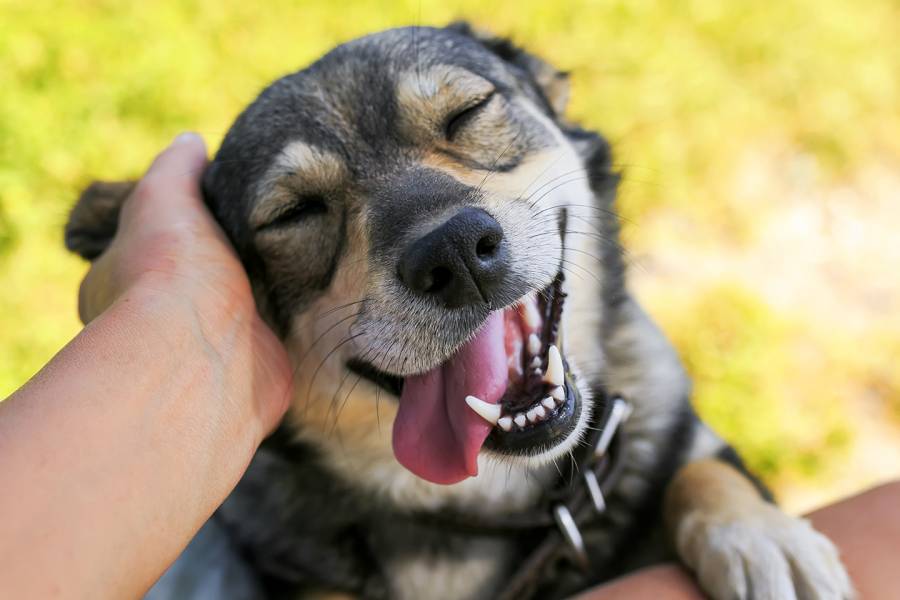
ACTIVITIES
The most underrated form of payment for your dog is activities or actions. As stated above, positive reinforcement is anything that your dog will perceive as “feel good”. I’ll give an example first and then explain what I mean. A common issue with dogs is the rushing out of the door when it’s time to leave for a walk. Since dogs are cue monsters, they know when it’s time to go play outside. Whether it’s because it’s that time of the day, that you put on your running shoes, or because they are donning their walking gear, they know that the only thing between them and the greener grass is that front door threshold. Even most dogs who are usually food motivated are too excited to take treats when you’re trying to get them into a sit. It’s okay and totally normal. But how do we reward them for holding their sit and not breaking the threshold? We say their release marker (if you don’t have one, get one!) and they get to go outside and start their walk. That’s it. That simple. This reward is the act of staring their walk. This reward style can be implemented in many ways if you get creative. Start noticing what activities your dog enjoys and use it to your advantage during your training. The most important piece is having a conditioned release marker so that you can adequately communicate with your pup.
TOYS
Last but not least, toys. Especially with working breeds, a toy can be just as motivating to them as a piece of chicken. First, your dog has to have some sort of drive for a toy. You can work with them and teach them to enjoy it, but thats a whole other ball game. If your dog naturally gravitates towards toys or a good game of tug-of-war, or fetch, then you have something to work with. The most important part of using a toy as a reward is teaching your dog how to interact and play with you, teaching a lure, and having solid markers for when they can have the toy and when they need to give it back. The military, local law enforcement, and sports dogs usually use a toy based reward system with their working dogs.
Here’s a link to my Youtube video on the topic!
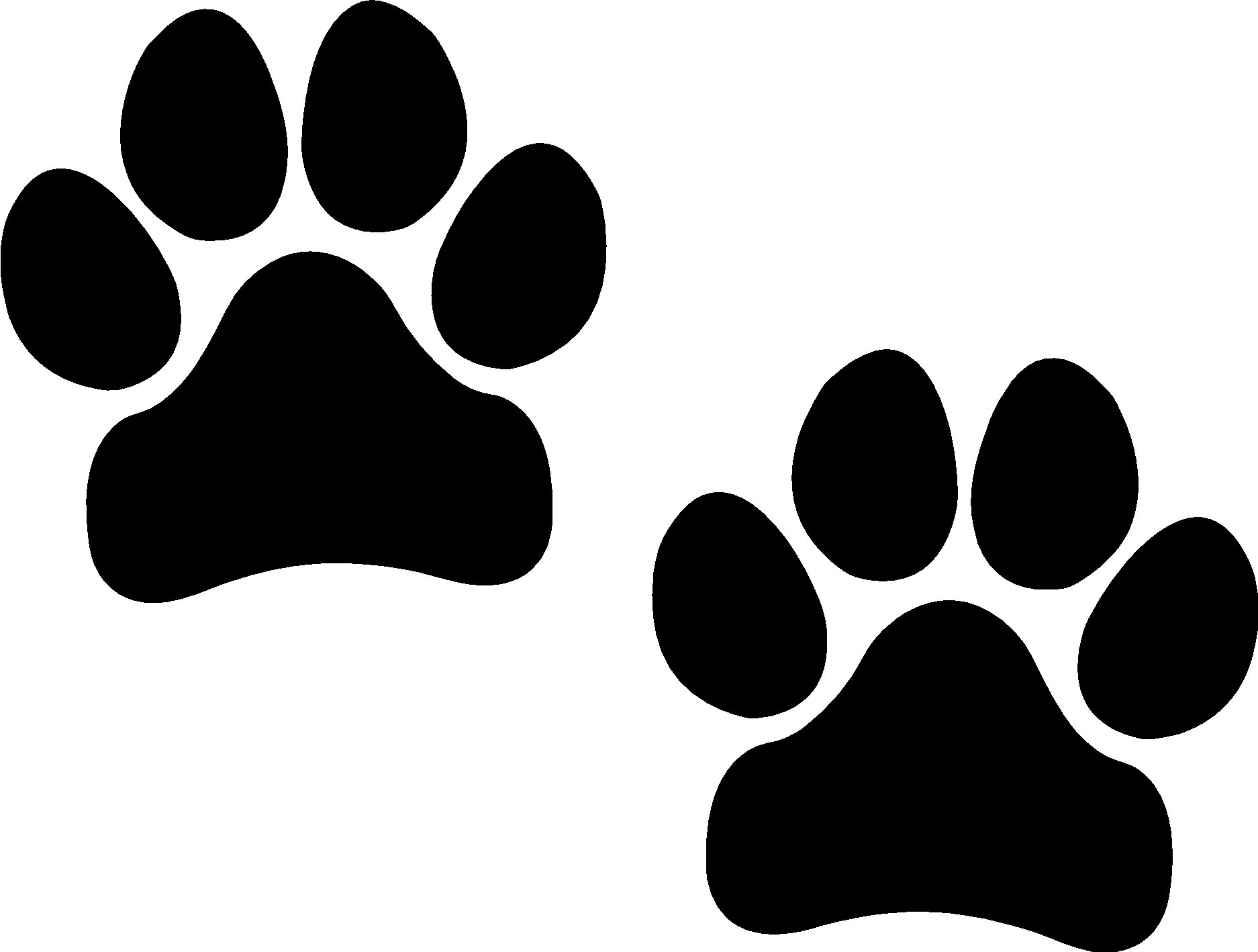 Remember, anything is paw-sible!
Remember, anything is paw-sible!
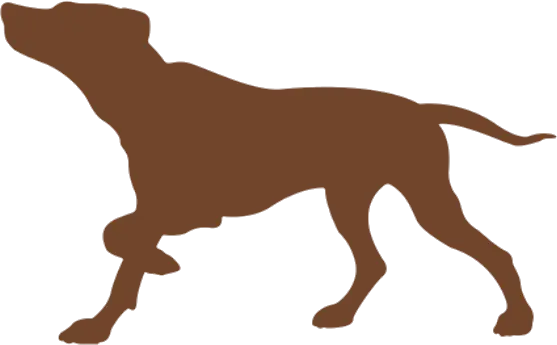
Join Our Newsletter
Stay informed on the latest information.

